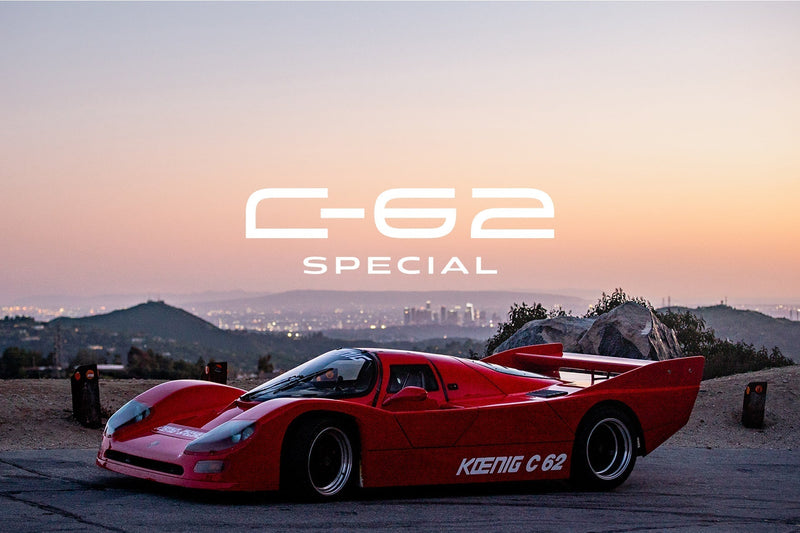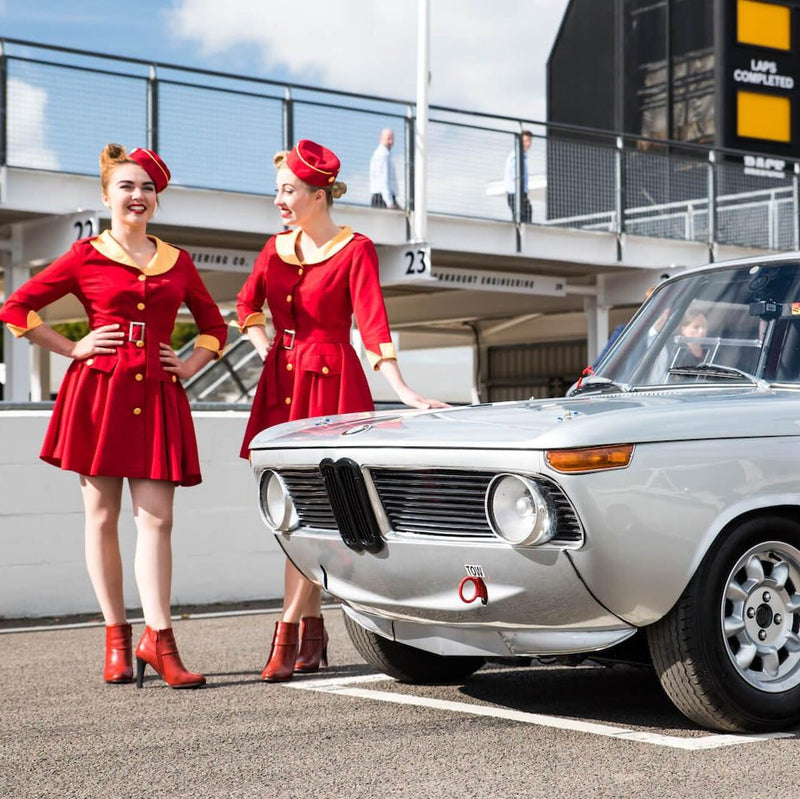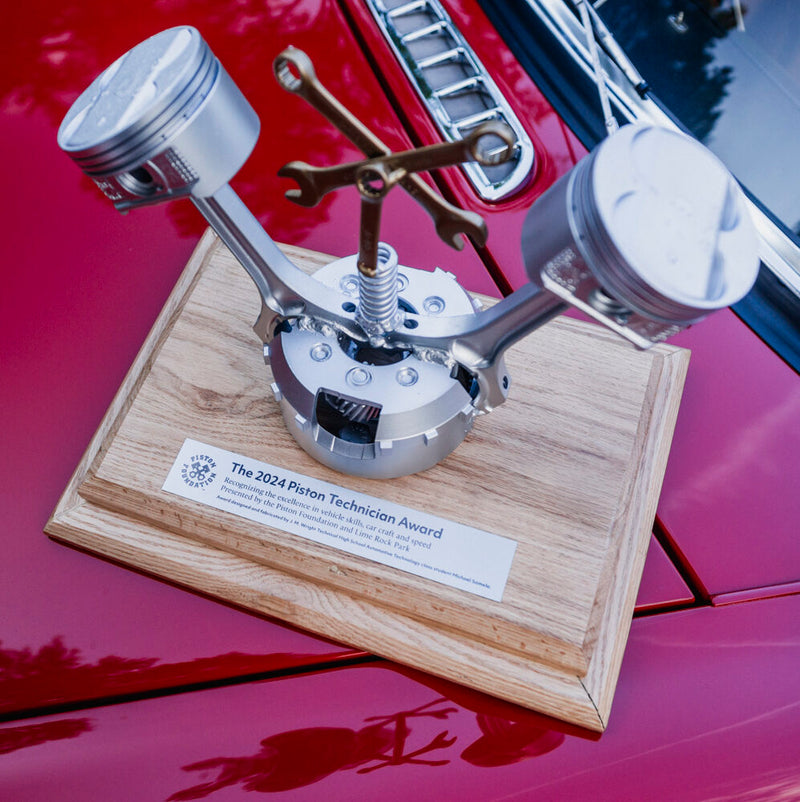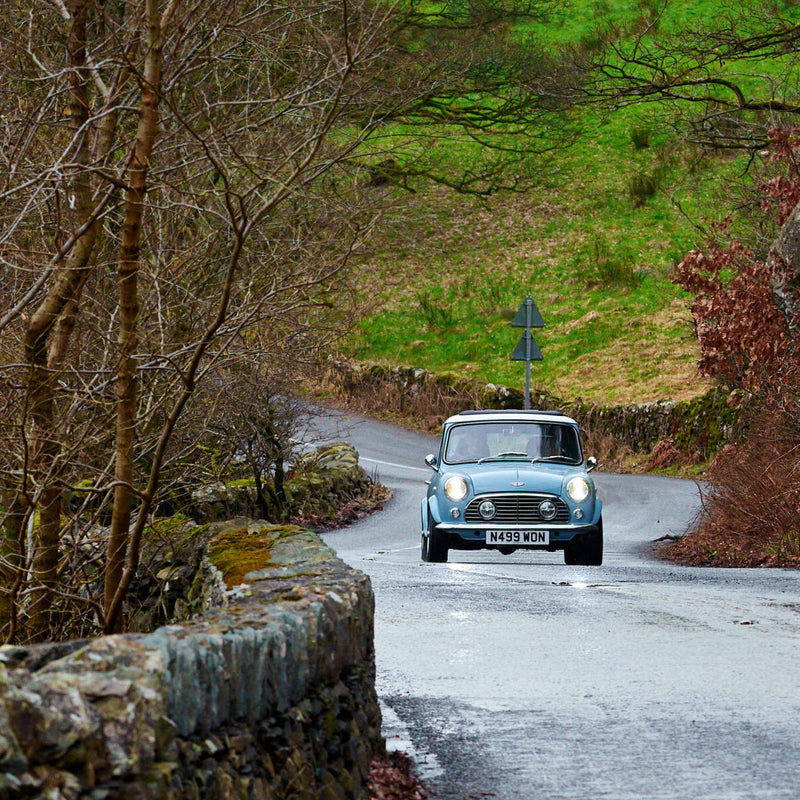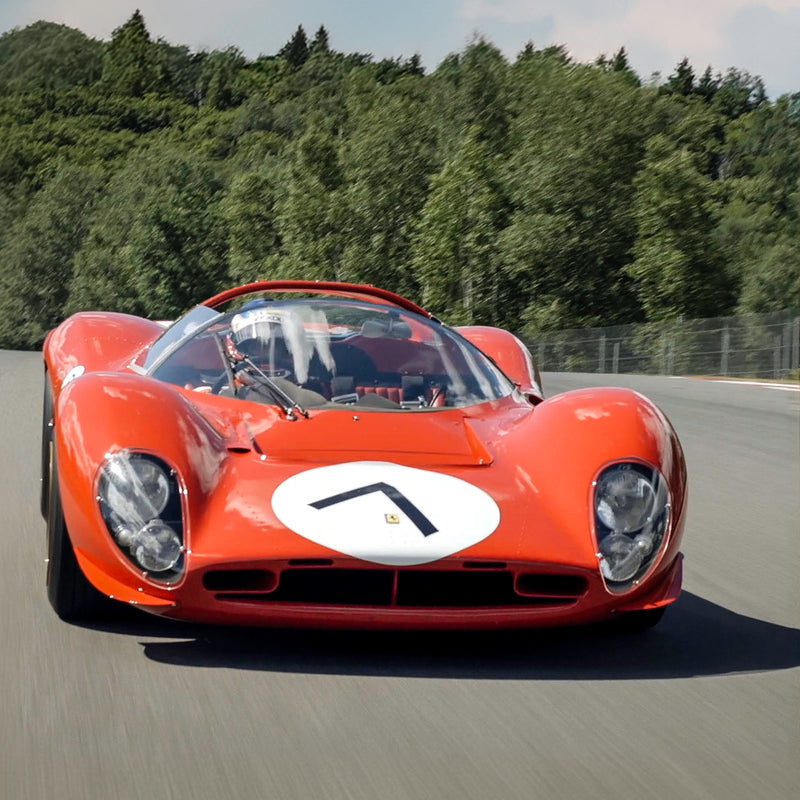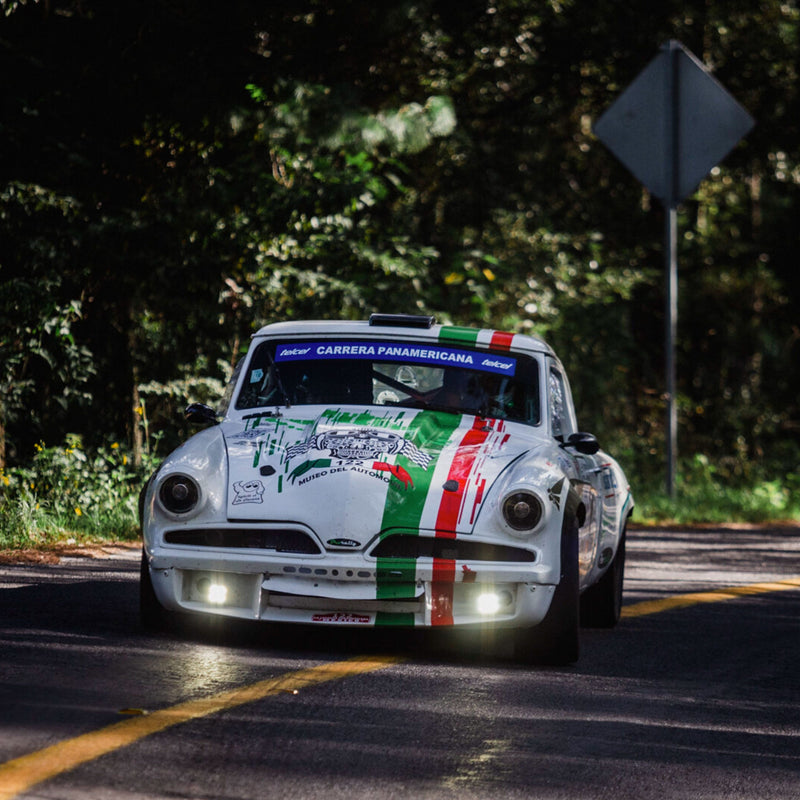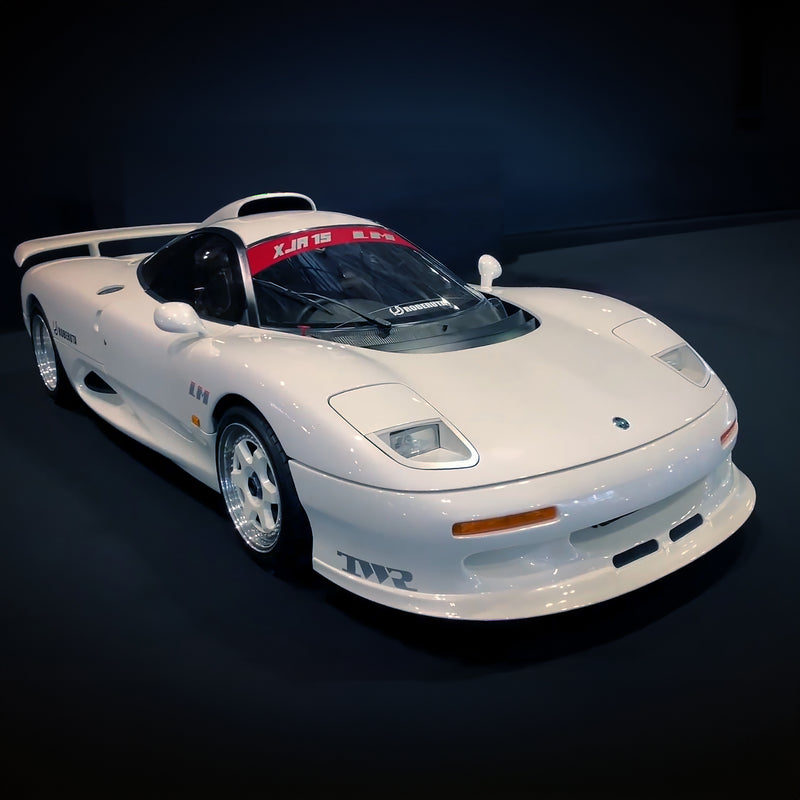In 1933, three racing blokes decided to start a team. Humphrey Cook, Raymond Mays, and Peter Berthon converted a family home, Eastgate House, into English Racing Automobiles (ERA) headquarters.
Their mission was clear: create a British racing team and compete on the world’s stage—the Grand Prix. To kick things off, they decided to construct a car to enter the 1500cc supercharged class—the modern equivalent of Formula 2.



Backing the mission financially was Humphrey Cook, thanks to the family drapery business (Cook & Co.). With Cook’s cash, Berthon’s designs and Mays’ driving abilities the team was ready to crack on.
Petrolicious photographer David Marvier stumbled upon this remarkable 1935 B-Type R1B while roaming the grounds of Goodwood. It turns out this car was equipped with the world-famous Riley straight-six and has been featured in historic races across the globe, including, on several occasions, the Monaco historics and the Goodwood Revival throughout its modern road-going rampage.
After WWII, ERA focused its sights on Le Mans, even going as far as recruiting Stirling Moss to pilot one of their cars in the late ‘50s. Unfortunately, this attempt convinced Sir Moss to speak horribly about the teams efforts and alternatively giving it his stamp of disapproval.
After receiving what ultimately became the final blow, ERA (now under the name of Engineering, Research & Application ltd.) took their decades of race experience and consulted with other teams and eventually manufactures. In the late 1980s, they were commissioned to construct the ERA Mini Turbo.
Many pre-war era race cars can still be found humming along motorways in the UK or even blasting down a straightaway during local historic racing events. Their rise and fall as a competitive Gran Prix team may have been interrupted by a war, but their racing spirit still lives on today.











Photography by David Marvier for Petrolicious









